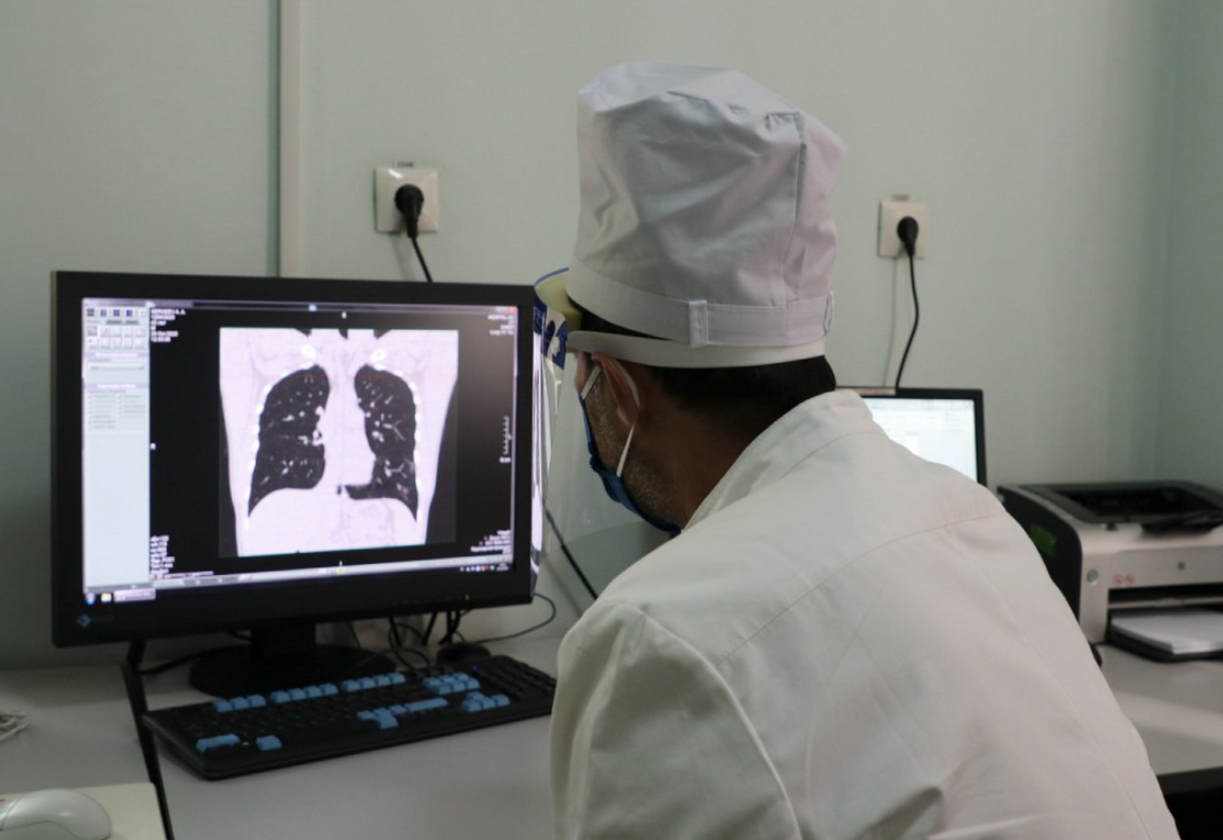Tajik health officials claim there are Covid cases in Tajikistan, but the incidence of pneumonia has increased and seasonal flu is circulating in the country.
The findings of the virological studies conducted by the Ministry of Health and Social Protection of the Population (MoHSPP) reportedly show that in Tajikistan, like in other countries of the region, seasonal influenza virus is circulating, but there is no coronavirus in the country.
At the same time, a MoHSPP notes that it is likely that in the second half of January in addition to the seasonal flu A H1N1-09pmd (pandemic flu), flu B may appear in the country.
In June 2009, the World Health Organization (WHO) issued a pandemic alert concerning the spread of an influenza A (H1N1) virus that showed distinctive genetic characteristics vis-à-vis both seasonal influenza strains and vaccine strains. The main mutation occurred in the gene coding for hemagglutinin (HA). The remarkable feature of A/(H1N1)pdm09, compared with seasonal strains, is its high fatality rate and its higher incidence among younger people.
An official source within the MoHSPP notes that analysis of the epidemiological situation regarding the acute respiratory diseases show that more than 101,000 cases of flu were registered in Tajikistan last year, which 4.0 percent or 4,218 cases less than in 2022. Children under the age of 18 reportedly made up more than 80 percent of those contracting flu in 2023.
The MoHSPP notes that influenza surveillance system, based on identifying circulating strains of this disease, has been introduced in the country.
The most common influenza viruses in humans are flu A and flu B. Though the two have similar symptoms and are treated in the same way, there are differences between them, including how serious they can become in different populations.
Flu A is more severe in adults and tends to appear earlier in flu season (January and February), while flu B is more common in children and generally occurs later (February and March).
Flu A can move from animals, including birds, to people, while flu B develops only in humans. Flu A mutates more quickly than flu B, making it harder to create vaccines that remain effective.








Green and resilient urbanization key for quality growth in Tajikistan, says ADB
President Emomali Rahmon meets with Vatican’s Secretary of State, Cardinal Pietro Parolin
President Emomali Rahmon meets with Pontiff
Only twenty-eight acquittals passed in Tajikistan over the past five years
Central Asia’s nations urged to take the lead in fostering regional free trade
Germany charges five Tajiks with terrorism
15 Tajik women and their 32 children returned back to Tajikistan yesterday
Tajik leader meets with FAO director-general in Rome to discuss cooperation
Islamic banking and finance is emerging in CIS member nations
Emomali Rahmon holds meeting with Tajiks living in Italy
All news
Авторизуйтесь, пожалуйста